Identify butterfly species
Easily identify woodland butterfly species with our handy swatch book
Buy yours now
Digital Content Manager
You might be able to identify some of the most common British butterflies and moths, but what about their caterpillars?
Take a look at our tips for identifying 10 of our most common British caterpillars, find out what they eat and when and where to spot them.
Length: 35mm
Foodplant: stinging nettle
Where to see: open woodland and woodland edges
When to see: first brood May–mid June, second brood July–September
Like the adult comma butterfly, which resembles a tattered leaf with its scalloped edges and rust-coloured hue, the comma caterpillar is a master of disguise. Its orange-brown markings and bright white 'saddle' mark make it look like a bird dropping, so it can crawl under the radar of predators when feeding on stinging nettles.
Length: 45mm
Foodplant: cabbages and other members of the Brassica family
Where to see: a range of habitats, usually anywhere near cabbages and lettuces!
When to see: first brood mid May–July, second brood August–October
The large white caterpillar is pale green-yellow with striking black spots and visible hairs on its body. Its bold appearance is a warning to predators to eat it if they dare! The caterpillar accumulates mustard oil from its foodplant, which makes it taste unpleasant.
The foodplant in question is cabbage, which can make it unpopular with allotment owners and has earned the large white butterfly its alternative name, cabbage white.
Length: 28mm
Foodplant: common ragwort
Where to see: open grassland, woodland rides and heathland
When to see: July–early September
The cinnabar moth caterpillar is hard to miss. It looks as though it’s wearing a rugby shirt due to its distinctive black and orange stripes, but these bright colours have a very practical use. They warn predators that the caterpillar tastes foul. It acquires this taste by storing toxins from its foodplant, ragwort.
If that wasn't enough, cinnabar caterpillars have even been known to display cannibalistic behaviour if food is scarce!
Length: 42mm
Foodplant: stinging nettle
Where to see: a range of habitats, particularly woodland clearings, rides and edges
When to see: June–early July
In contrast with the brightly-coloured adult peacock butterfly, its caterpillar is a velvety jet-black peppered with small white spots. It has short spines, which help to protect it from predators.
Peacock caterpillars also ward off predators by coming together and jerking their bodies in unison, giving the illusion they are a much bigger animal. They will also curl up into a ball and drop to the floor or regurgitate a green substance to keep predators away.
Length: 40mm
Foodplant: sycamore, field maple and horse chestnut
Where to see: woodland, gardens, parkland and scrub
When to see: June–August
The sycamore moth caterpillar is one of the hairiest and brightest caterpillars in the UK, with a full covering of yellow and orange hairs and a strip of black-edged white spots along the centre of its back. It's a world away from its grey adult form.
The sycamore moth is mostly found in the South East of England, but recent records show it may be spreading northwards and westwards into Wales.
Easily identify woodland butterfly species with our handy swatch book
Buy yours nowLength: 28mm
Foodplant: grasses including cock’s-foot, Yorkshire-fog, common couch and false brome
Where to see: woodland rides and glades, gardens, parks and hedgerows
When to see: potentially all year-round, as the adult can have two or three broods, but usually May–August
The speckled wood is the only British butterfly that can overwinter in two stages – either as a caterpillar or as a pupa. As a result, the adult butterflies can be seen as early as March and as late as October, especially in the south.
Speckled wood caterpillars are bright green with faint dark green and yellow stripes.
Length: 80mm
Foodplant: poplars and willows, particularly aspen and goat willow
Where to see: gardens, hedgerows, open woodland, moorland and scrub
When to see: July–September
With a bright green body, a pink face, a dark patch on its back and two whip-like tail appendages, there's no mistaking the puss moth caterpillar.
If it feels threatened, it will rear up and wave around its tail-whips. If the predator still isn't getting the message, it can even squirt formic acid from its thorax.
Length: 80mm
Foodplant: rosebay willowherb, bedstraws, enchanter’s nightshade and fuchsias
Where to see: rough grassland, hedgerows, woodland rides and clearings, and gardens
When to see: July–September
Named because of its likeness to an elephant's trunk, the chunky elephant hawk-moth caterpillar is usually brown, though a bright green form also occurs. It has large eye spots, a spiky tail and scale-like markings. When threatened, it can swell up, making itself appear bigger – an intimidating scare tactic when combined with its large eye spots!
Length: 30mm
Foodplant: stinging nettle
Where to see: a huge range of habitats including woodland, gardens, field margins and parkland
When to see: first brood May–June, second brood July–August
Small tortoiseshell caterpillars are black and yellow and covered in bristles. They lead fascinating lives, building a communal web at the top of their nettle plant when they hatch. As they grow and consume the nettle leaves, they move onto new nettles, building new webs along the way. Soon, a whole trail of webs filled with shed caterpillar skins and droppings leads right back to the plant where they were laid.
Length: 60mm
Foodplant: heather, meadowsweet, alder buckthorn, bramble, hawthorn, blackthorn, sallows and birches.
Where to see: heathland, moorland, hedgerows, fens, field margins, woodland rides and mature sand dunes.
When to see: late May–August
An impressive and unmistakable caterpillar. It is bright green, hairy, and has yellow wart-like spots ringed in black.
Emperor moths are the only UK members of the Saturniidae family – the group of moths that includes the silk moths of the tropics.

Primordial landscapes, tangled branches, breathtaking wildlife and miles of woodland trails. From the countryside to cities, we care for thousands of woods throughout the UK, all free to visit.
Find a wood near you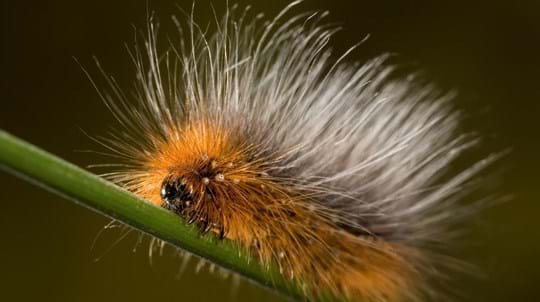
Blog
Amy Lewis • 10 Jun 2021
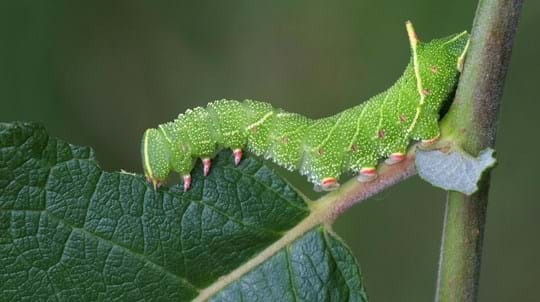
Blog
Amy Lewis • 21 Jul 2021

Blog
Amy Lewis • 22 Jul 2019

Blog
Charlotte Varela • 01 Jul 2019
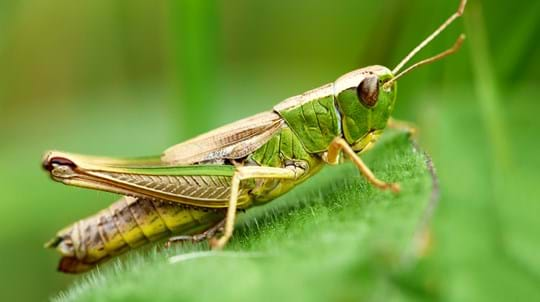
Blog
Charlotte Varela • 09 Oct 2023

Blog
Rachel Hoskins • 12 Jul 2019
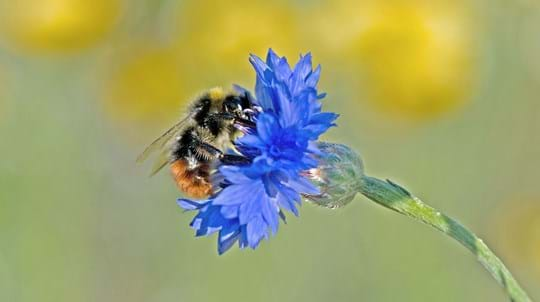
Blog
Charlotte Varela • 31 Jul 2023
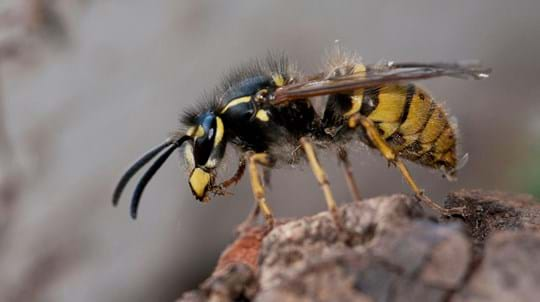
Blog
Charlotte Varela • 12 Mar 2024
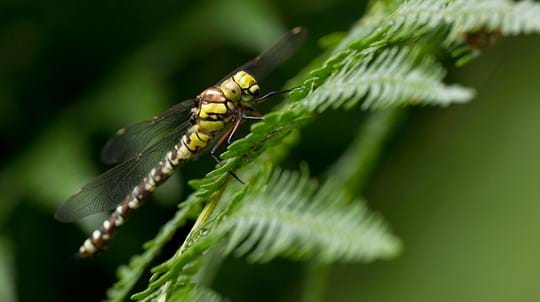
Blog
Joe Bates • 25 Jul 2018

Blog
Charlotte Varela • 08 Jul 2024
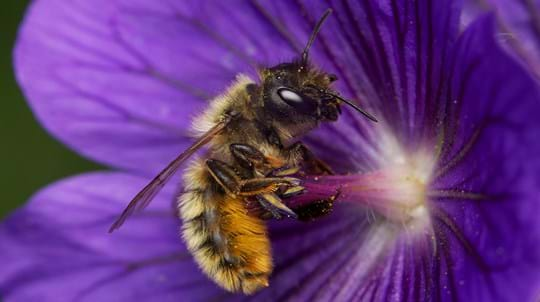
Blog
Charlotte Varela • 26 Apr 2023